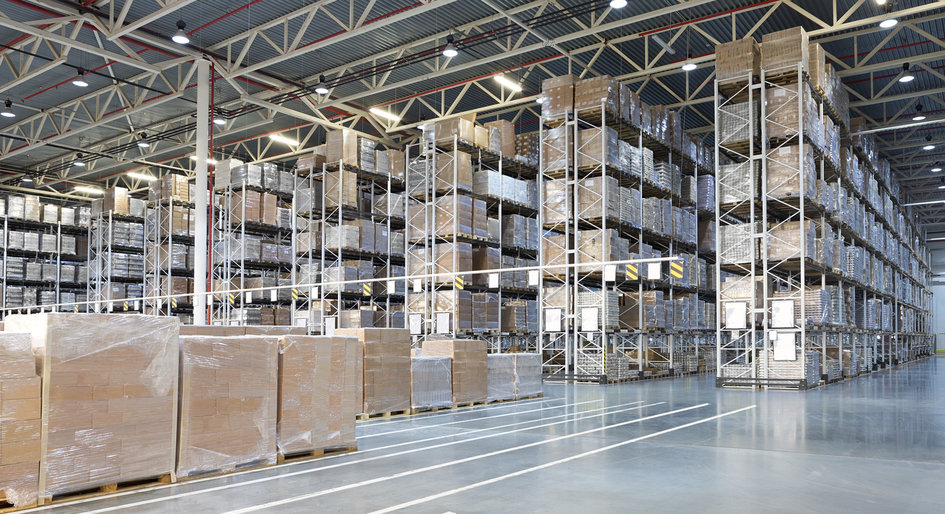As B.C.’s economy rebounds from the pandemic, demand for industrial space is expected to accelerate through 2022. According to Josh Gaglardi, principal at Orion Construction, it’s more important than ever to prioritize high-density industrial projects and develop large-format industrial centres to provide more industrial space for businesses in the region.
Q: What is the current state of B.C.’s industrial market?
Josh Gaglardi: The vacancy rate remains at an all-time low of 0.4 per cent in the Greater Vancouver area with the industrial asking net rental rate reaching a new all-time high in Q1 2022 to $16.93 per sq. ft. according to a recent market report by Colliers. In this tight industrial market, supply is lacking, but demand continues to soar as businesses look for a new workspace to expand into. The pandemic has led eCommerce companies to thrive, and they are now fighting for space and struggling to expand. Landlords have higher power than ever before as they lease these coveted spaces to the highest bidder, creating an unstable and highly competitive market across Canada.
Q: What innovative solutions are there to bring more supply to B.C.’s industrial market?
Josh: Amid a shortage of developable land, it’s important to streamline the industrial development process and prioritize projects that meet the needs of our changing economy. For contractors like Orion Construction, we provide a simplified full-service recipe to get projects done on time, even with supply chain challenges, as it’s pivotal to keep the region’s economy moving forward. We are now having to look at new regions outside of the Lower Mainland for development due to land scarcity.
Q: Where do developers need to look to build new industrial developments?
Josh: As the availability of industrial space and warehouses in the Metro Vancouver region larger than 100,000 sq. ft. has dropped to virtually zero, we now have to prioritize the development of large-scale warehousing in other B.C. communities. Locations like Kamloops, Kelowna, Victoria, and Langford all present opportunities for expansion. To keep the B.C. economy moving forward and provide space for businesses to grow their footprint, construction companies, developers and occupiers must look to the Thompson-Okanagan, the Capital Region and other communities for space. We’ve already seen our clients exploring these regions as Metro Vancouver no longer presents an option for them.
Q: A growing trend has emerged across major cities in Canada – active listings not having a posted asking rent. Why has this trend emerged, and what caused it?
Josh: With low availability across the board, it’s natural for landlords to hold more power as they simply omit an asking rent. They’re in a position where they can field offers from prospective tenants and lease the space to the highest bidder. Everything comes down to land scarcity and lack of supply. Supply chain disruptions have had a major impact on construction timelines, which is causing delays in bringing new supply to the market.









